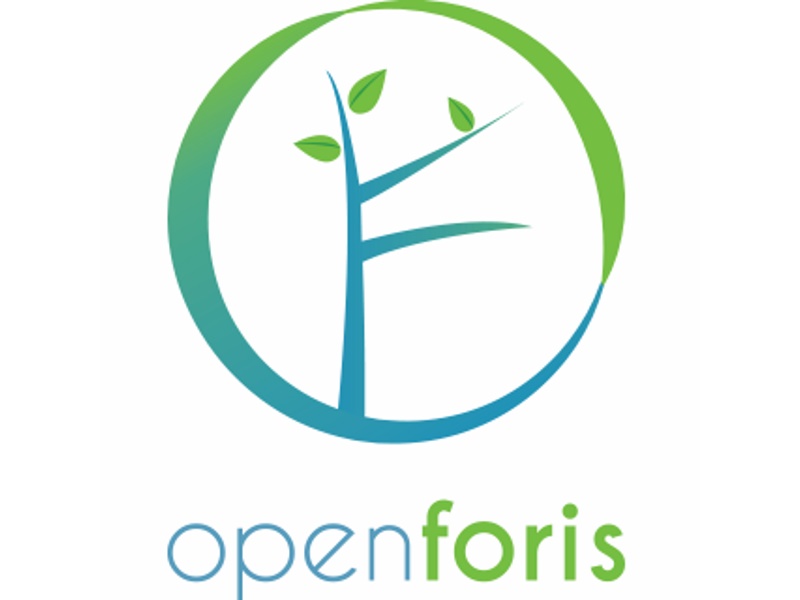- Home
- Science
- Science News
- Powered by Google, UN Flexes Tech Muscle to Fight Climate Change
Powered by Google, UN Flexes Tech Muscle to Fight Climate Change

Open Foris, UN Food and Agriculture Organisation (FAO) software, uses high-resolution satellite images to monitor the environment and changes in land use and forest cover.
"We make maps that used to take three years in a week," Erik Lindquist, forestry officer at FAO, told the Thomson Reuters Foundation.
"Rather than preparing data to analyse we can spend time probing the data for answers. We're getting to answers much more quickly," he said on the sidelines of a global forest conference in Rome.
Lindquist said the software was free to use by anyone, from citizens who want to monitor misuse of natural resources to scientists or governments wanting to assess the carbon storage capacity of an area.
"There's a lot of uncertainty surrounding the total forest area in the word, how much forest is being lost and gained, how is the land use changing and what are the effects on carbon emissions," Lindquist said.
"The more we use these tools the more we're going to be sure of whether the situation is improving or getting worse."
The software can also be deployed to inspect water resources and even evaluate locations for refugee camps based on availability of firewood for cooking, he said.
Earlier this month, medical charity Medecins Sans Frontieres launched the MapSwipe app, which also uses satellite images and allows users to map remote, rural regions vulnerable to humanitarian crises.
© Thomson Reuters 2016
For the latest tech news and reviews, follow Gadgets 360 on X, Facebook, WhatsApp, Threads and Google News. For the latest videos on gadgets and tech, subscribe to our YouTube channel. If you want to know everything about top influencers, follow our in-house Who'sThat360 on Instagram and YouTube.
Related Stories
- Samsung Galaxy Unpacked 2025
- ChatGPT
- Redmi Note 14 Pro+
- iPhone 16
- Apple Vision Pro
- Oneplus 12
- OnePlus Nord CE 3 Lite 5G
- iPhone 13
- Xiaomi 14 Pro
- Oppo Find N3
- Tecno Spark Go (2023)
- Realme V30
- Best Phones Under 25000
- Samsung Galaxy S24 Series
- Cryptocurrency
- iQoo 12
- Samsung Galaxy S24 Ultra
- Giottus
- Samsung Galaxy Z Flip 5
- Apple 'Scary Fast'
- Housefull 5
- GoPro Hero 12 Black Review
- Invincible Season 2
- JioGlass
- HD Ready TV
- Laptop Under 50000
- Smartwatch Under 10000
- Latest Mobile Phones
- Compare Phones
- Moto G15 Power
- Moto G15
- Realme 14x 5G
- Poco M7 Pro 5G
- Poco C75 5G
- Vivo Y300 (China)
- HMD Arc
- Lava Blaze Duo 5G
- Asus Zenbook S 14
- MacBook Pro 16-inch (M4 Max, 2024)
- Honor Pad V9
- Tecno Megapad 11
- Redmi Watch 5
- Huawei Watch Ultimate Design
- Sony 65 Inches Ultra HD (4K) LED Smart TV (KD-65X74L)
- TCL 55 Inches Ultra HD (4K) LED Smart TV (55C61B)
- Sony PlayStation 5 Pro
- Sony PlayStation 5 Slim Digital Edition
- Blue Star 1.5 Ton 3 Star Inverter Split AC (IC318DNUHC)
- Blue Star 1.5 Ton 3 Star Inverter Split AC (IA318VKU)

















